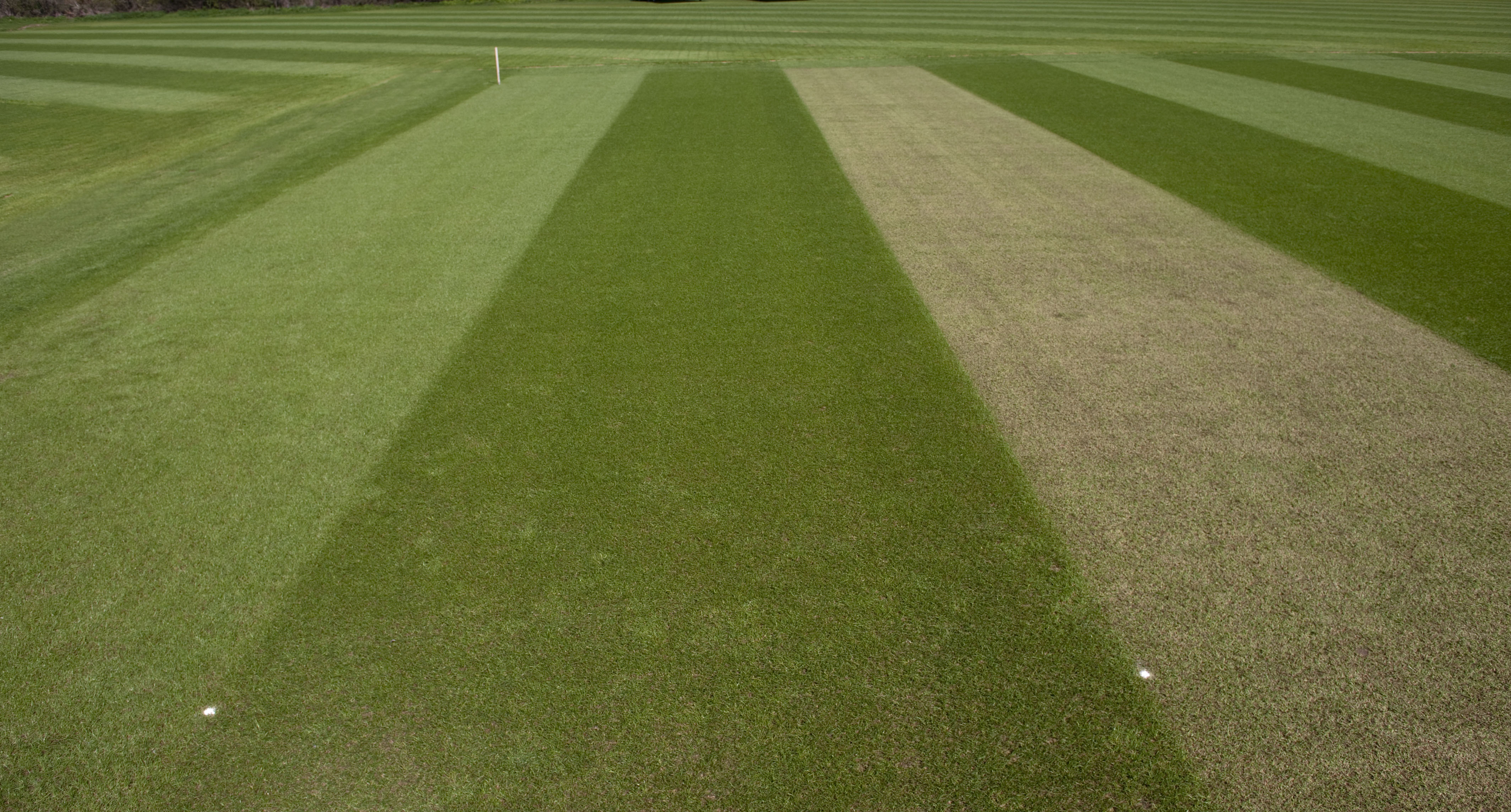Creating a Pitch Plan
A pitch plan is important to make sure that you use the right pitches for the right level of cricket at your ground and that you know which pitches need to be prepared in which order. Create a plan of your square and any synthetic pitches and match the fixture to the pitches.
Pitch planning should be carried out when the fixtures are produced for the season, in advance of any individual pitch preparation starting. The important games can be scheduled for the centre of the square where longer boundaries can be used; the end pitches are often used for training or junior fixtures where shorter boundaries are needed.
When pitch planning, avoid using pitches next to each other, one after the other. This is because play on one pitch could damage the one next to it whilst it is in prep, and you may be wanting to keep one pitch dry for play whilst wetting the one you are preparing to roll it.
By planning your pitch use across the square, you can ensure that wear is evenly spread across the square, a lot of time and money goes into maintaining a cricket square, a pitch plan will ensure the best use of the square.
Benefits
• Good practice for planning of pitch use
• Even pitch wear across the square
• Get the best use of all the pitches, assisting in producing good quality surfaces
• Allowing the planning of important games on the central pitches
• Mid-season renovations and repairs to individual pitches will be more successful because play will be moved to a different part of the square.
Practical Tips
• Most leagues produce fixtures in the winter (February/March), this is a good task to do in the winter months when time on the ground is limited
• This is a good exercise to start the season with but be prepared for disruption caused by additional fixtures and those re-scheduled due to rain – you will need to be flexible.
• A plan allows the square to be used evenly, maintaining takes money, time, and effort, ensure the whole of the square is being used
• At the planning stage, consider how the placement of any particular pitch will affect things like covering, mid-season pitch renovations, watering, and the ability to water thoroughly, very wet weather early in the season and how water runs over the square.



 Tweet
Tweet